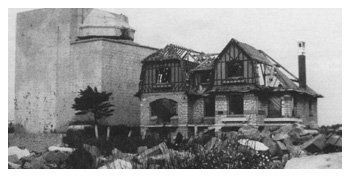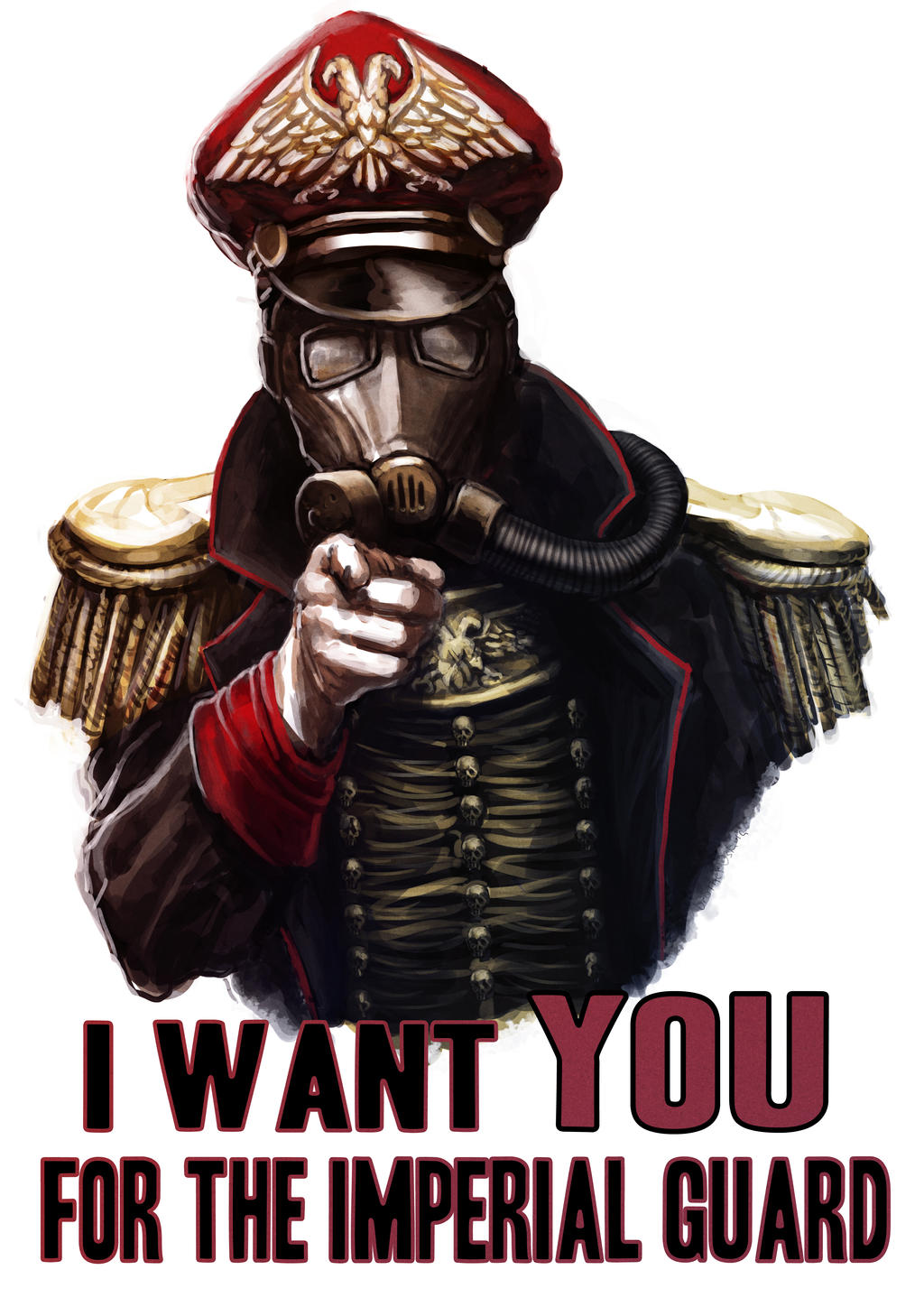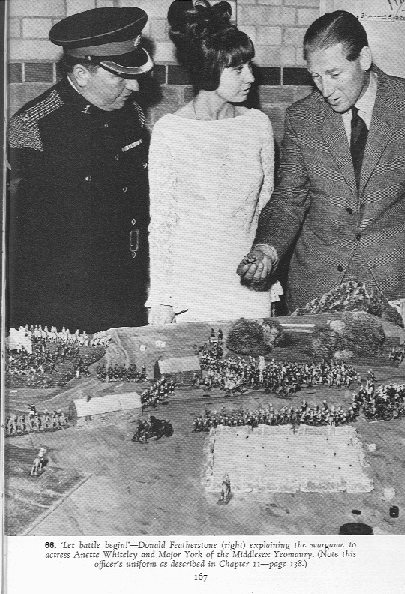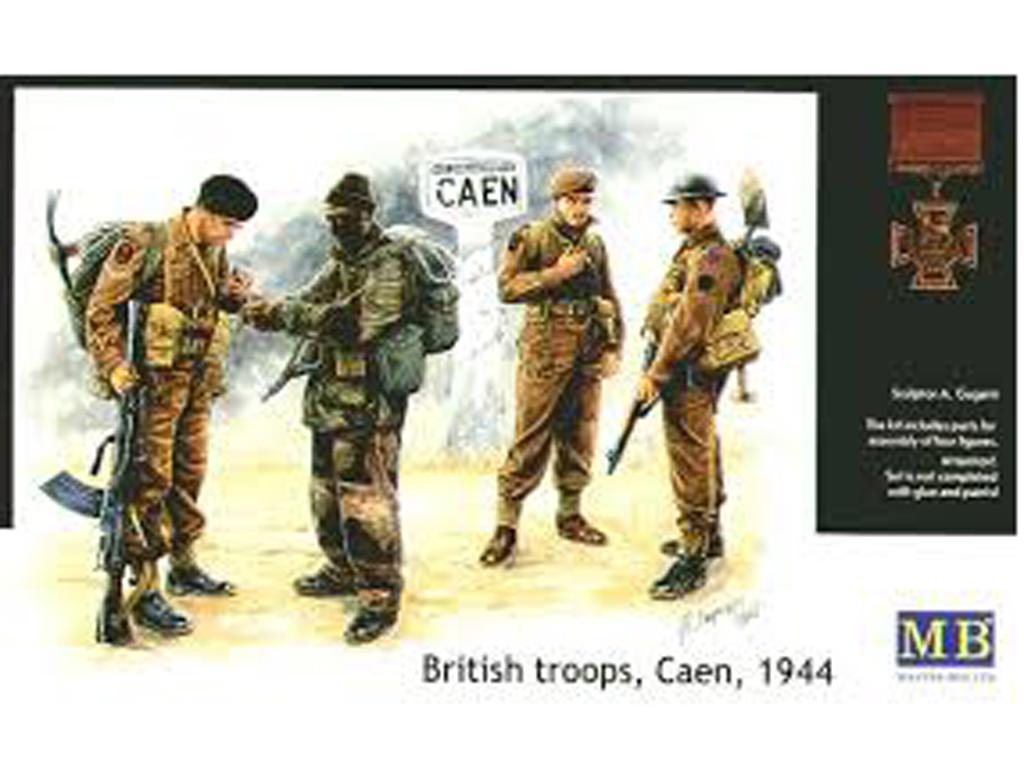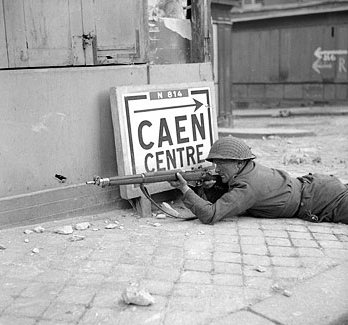1962. The US invades Cuba. Wargaming of a "What If ?" scenario beckons
What if the US had invaded Cuba in 1962: An interesting scenario to play. A new book contemplates what could have been and newly declassified information. Apparently it came close to happening...

Fires of October is a critical and detailed analysis of the military aspects of the Cuban missile crisis in 1962.
This now tops my reading list!
It describes how close we came to a nuclear conflict by outlining the strength of Soviet tactical and strategic nuclear weapons in Cuba, and how the use of these weapons was delegated to commanders in the field.
What is unique about this book?
This is the first book that explores the great “what if” of the Cuban Missile Crisis – the planned US invasion of Cuba. In a subject that has had hundreds of books and articles written about it, Blaine Pardoe has broken new ground in an area previously glossed over by most historians. With this book, readers will get their first glimpse into what the invasion, code-named Operation Scabbards, could have been like and what the US would have faced on Cuba.
What research material was used?
Fires of October has leveraged newly declassified materials from the US National Archives and other government agencies to tell the story of a military campaign cancelled only hours before initiation. Many of these materials have only just come to light, having been incorrectly labeled and catalogued. The author spent five years meticulously piecing together the information into a coherent narrative.
Just how close did the US come to invading Cuba?
The Cuban Missile Crisis was one of the most fluid and potentially dangerous situations that the US faced in the Cold War. The United States was just 48 hours from initiating the air campaign, which would have been followed by a massive airborne and amphibious assault on the island ten days later.
Would it have been a cake walk?
Many authors have alluded to the fact that the US possessed overwhelming military might, and would have crushed the Cubans and Soviets on the island. But contemporary research shows that the US intelligence assumed only 12,000 Soviets were present, but actual forces totaled over 40,000. The opposing forces had numerous front-line Soviet tanks and armored vehicles. The Cubans were deeply entrenched and prepared for an American attack as well, with over 100,000 troops ready and mobilized.
OP Plan 316-62 – Operation Scabbards – called for airborne assaults to seize airfields which, unknown to the Americans, were less than two miles from Soviet headquarters positions. Much of the fighting in and around Havana would have been vicious urban combat, which always favors the defenders. The Americans were seriously hampered from landing the necessary tanks, and lacked sufficient armaments for a prolonged campaign. It is quite possible that invading Cuba could have slipped into a Viet Nam-type campaign.
What about nuclear war with the Soviets?
Mr. Pardoe has sifted through Civil Defense and Department of Defense information to carry out the impact of nuclear conflict with the Soviets as a result of an invasion. He covers the potential nuclear trigger points and, using a simulation from only a month prior to the crisis, recreates what the potential impact might have been on the United States – city by city.
Blaine Pardoe is an award winning author of numerous books in the science fiction, military non-fiction, true crime, paranormal, and business management genres. He has appeared on a number of national television and radio shows to speak about his books. Pardoe has been a featured speaker at the US National Archives, the United States Navy Museum, and the New York Military Affairs Symposium. He was awarded the State History Award in 2011 by the Historical Society of Michigan, and is a two-time silver medal winner from the Military Writers Society of America in 2010 and 2013.
In 2013 Mr. Pardoe won the Harriet Quimby Award from the Michigan Aviation Hall of Fame for his contributions to aviation history. Mr. Pardoe is also a board member of the League of WWI Aviation Historians.
His works have been printed in six languages, and he is recognized world-wide for his historical and fiction writing.







